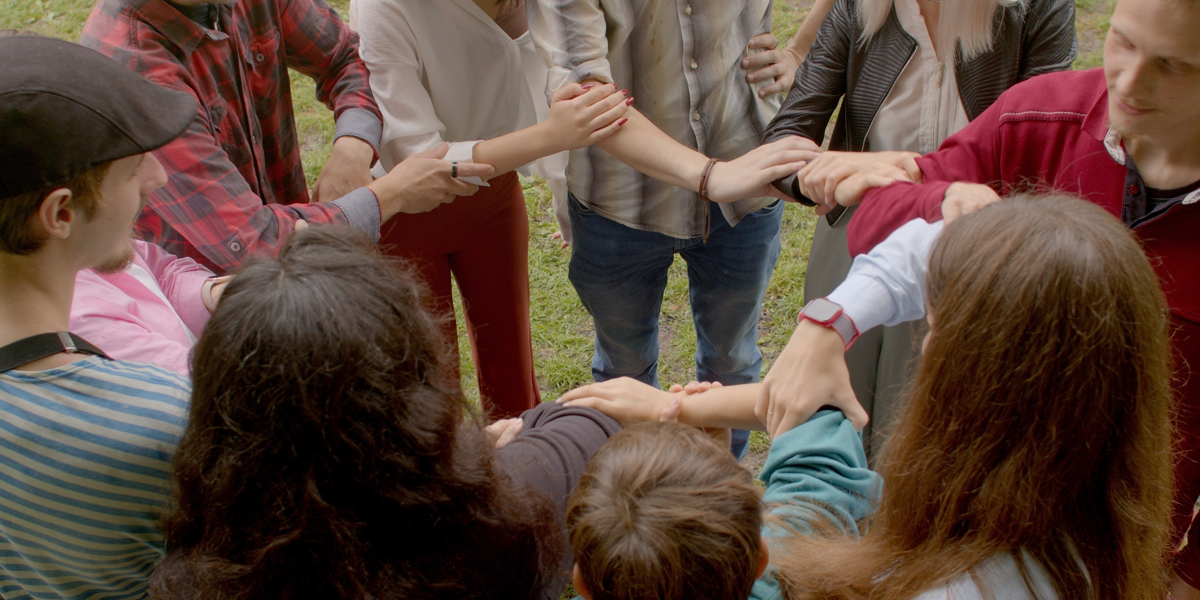A reluctant audience is possibly one of the greatest fears of group facilitators. Groups can be reluctant or unwilling for lots of reasons, such as being set in their ways, overworked and tired or they may be forced to attend your program.
Whatever the reason, I have personally confronted the spectre of a group that just doesn’t want to be there, many, many times.
So, how do you deal with a reluctant group?
First up, let’s just acknowledge that working with an unwilling group is hard work. And there is no magic bullet that will rapidly change their attitudes or behaviours. We must also accept that no matter what we do to change the situation, the choice is theirs and theirs alone.
But this should not excuse for throwing your arms up in the air. There is plenty you can do to create a joyful, fun and willing learning environment.
My good friend Chad Littlefield explored this topic in a recent blog post and developed four powerful strategies which will help you switch reluctant audiences into willing and able participants. I’ve re-worked the article below…
State Your Intention
First, whenever I’m working with a reluctant group, I make sure that my intention is really clear – and others-centred. Very often we have intentions, but all too often they are focused on our goals or objectives. It’s rare that our intentions have “we” at the center. This speaks to the heart of what it means to make a difference (click here to read more about articulating a difference.)
The route of the word intention is ‘intentio’ which when translated from Latin means ‘stretching.’ I like this because I think a really great intention is like a rubber band or elastic that stretches over the needs of the whole.
In regards to others-centred, you want to focus on the “we” not just the “me.” Examples could include:
- My intention today is for everyone to learn something that saves them 2 hours of wasted time this week.
- My intention for this meeting is to meet for purpose rather than for time and to end as soon as we accomplish X.
- My intention for this exercise is invite you to interact & laugh and get your blood flowing late in the day.
Want to learn more about intentions? Watch this quick video in which Will Wise describes how you can get really clear on your intention.
Frame Learning as an Experiment
Second, I often frame an exercise I’m about to lead as an ‘experiment.’ My invitation to the group is simply to pay attention to what happens and what they notice about the dynamics in the room. This adds an additional, honest objective for the critics and consumers in the group.
For example, if I’m trying to get a group to do a storytelling exercise with the photos and quotes on the We Engage Cards, I acknowledge that this may be a stretch for some people and inviting them to think about it as “10 minutes in a petri dish” rather than a lifelong change being forced upon them.
Click here to explore more about the value of framing your experiences.
Start with Small Groups
Depending on the size of the group, I always, always, always start with a paired-share exercise like Ice-Breaker Question Exchange or Story of Your Name. As trust builds, group size can grow as well. Smaller groups can feel more psychologically safe for some people.
A further benefit is that this approach prevents the critics in the crowd from promoting and spreading negative groupthink.
Always Honour Choice
Lastly, I always work hard to embrace the powerful philosophical framework of Challenge by Choice. This simply means that every person gets to choose whatever level of participation they wish to engage. This choice on its own is often enough to quell or disarm the most strident critics because they feel they have been given permission to opt-out or engage at some other level. Generally, in time, they discover that there was nothing to worry about and slowly drift back into the group.
There’s a lot to learn about Challenge by Choice and it can manifest in many ways. For example, if you are inviting a group to participate in a group exercise that gets everyone out of their seats, I may suggest that “anybody who does not wish to engage is welcome to assume a different role, such as observe the action and/or take notes from the sidelines, and report out what they noticed at the end.”
Lastly, a tip that a brand new mom of a one-year-old just shared with me. She said, “I noticed that the more I fight back and resist a dynamic, the harder it is to get through.” You can learn more about this phenomenon in a recent blog post. In short, when you meet resistance, stop pushing.
With thanks to Chad for sharing his expertise in this post.
No Comments

No Props No Problem
Best-selling book featuring 150+ fun group games & activities. Scan QR codes to access digital content including videos.

NEW – EMOJI Cards
Brand new deck of cards featuring emoji images to help you inspire conversations about emotions, feelings & experiences.
Top Ten Icebreakers & Group Games
Download our free 28-page ebook jam-packed with outrageously fun activity ideas.
Just one more question:
I am interested in…
How To Deal With A Reluctant Audience
Share this with friends and colleagues.
Choose a plan that’s right for you
We offer a range of membership plans with no surprises.
Click an option below & discover our simple pricing.

Individual
Click here if you’re a:
- Teacher
- Corporate trainer
- Outdoor educator
- Camp leader
- Youth leader
- Conference organiser
- Therapist/counsellor
Membership Plans

Enterprise
Click here if you represent a:
- School
- Corporation
- Community-based Organisation
Explore plans for
10, 50, 200 or more
potential users
Membership Plans









Original post February 2020, last updated May 2024.